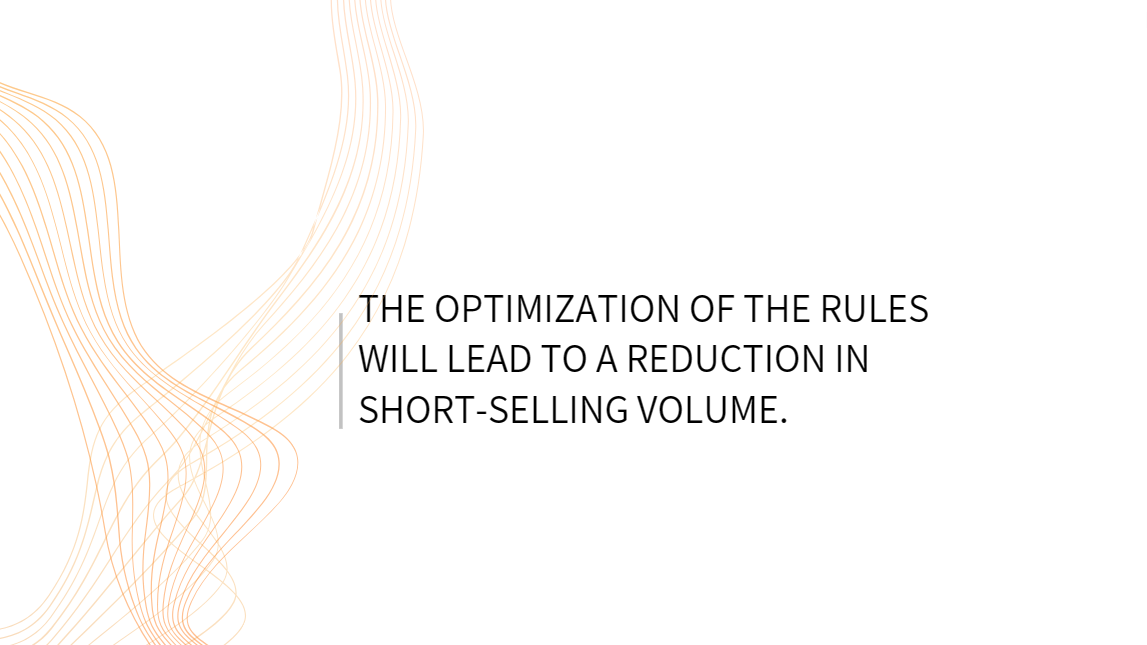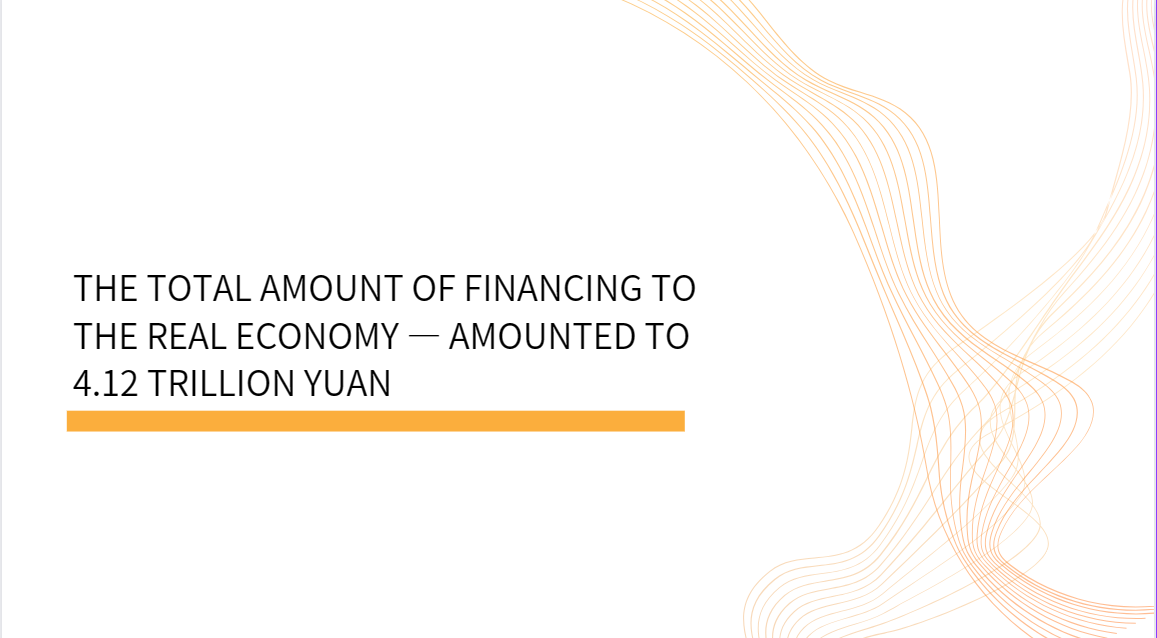Factbox: A glimpse of China's pro-growth policy mix in Q3
After registering 6.3 percent GDP growth in the second quarter of 2023, China has pressed ahead with stimulus efforts, rolling out a policy mix to shore up market confidence and consolidate upward momentum.
Measures leveraged thus far include fiscal, monetary and taxation tools. While stepping up macroeconomic policy delivery, China's policymakers have also introduced targeted and pragmatic measures for key areas and extended a raft of interim policies.
The following are highlights of China's policy stimulus efforts in Q3:
-- As of the end of August, all investments under central government budgets had basically been delivered, while 80 percent of the special-purpose local government bonds for 2023 had already been issued.
-- The reserve requirement ratio for lenders was slashed by 0.25 percentage points in September, the second cut this year.
-- China's loan prime rate (LPR), a market-based benchmark lending rate, saw its second decline of the year in August, with the one-year LPR down by 10 basis points.
-- Chinese authorities issued a 31-point guideline and 28 detailed measures to energize the private economy, promising to improve the business environment, enhance policy support, and strengthen the legal guarantee for its development.
-- Housing credit policies were adjusted and optimized. Starting on Sept. 25, borrowers with existing mortgages for first-home purchases can seek to lower their interest rates by applying for a rate change in the contract or a swap for a new mortgage.
-- Relevant policies of the 16-step guideline on the housing sector, introduced last November to ensure its healthy development, were extended and will run until the end of 2024.
This move is aimed at guiding and encouraging financial institutions to continue deferring loan payments for real estate enterprises, and propping up financial support for real estate firms to ensure the delivery of housing projects, according to China's financial authorities.
-- China decided in August to extend several favorable measures, including lending support and tax reduction, for micro and small firms to boost their growth.
In particular, taxpayers with monthly sales revenue of no more than 100,000 yuan (about 13,900 U.S. dollars) will continue to enjoy exemption from value-added tax until the end of 2027.
-- To bolster support for the real economy, China has also stepped up favorable tax policies to encourage R&D and increased financing support for technology enterprises.





















































First, please LoginComment After ~